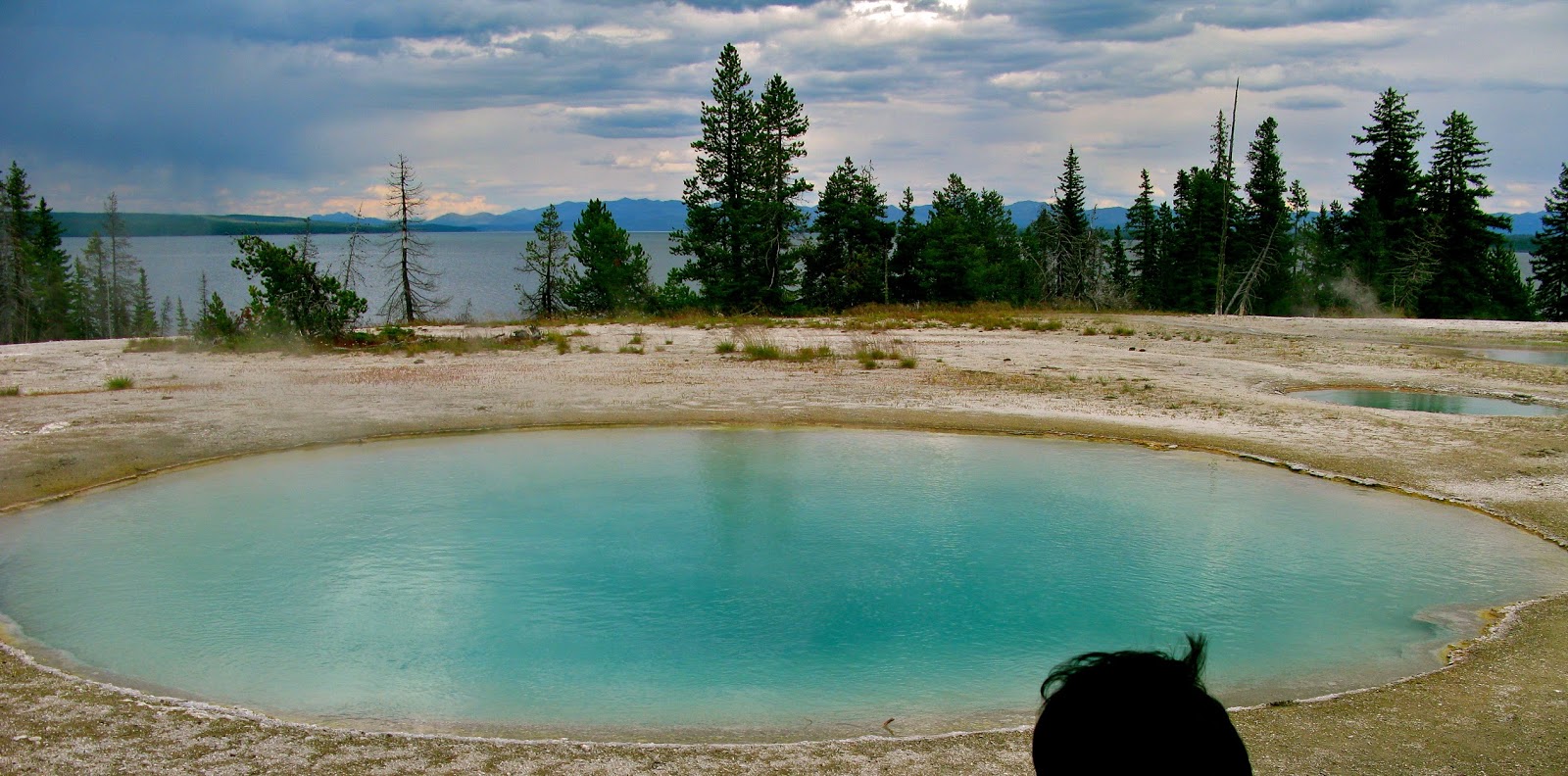This weekend’s New York Times features an editorial on Indian men by Lavanya Sankaran, titled ‘The Good Men of India.’ Reading this article has left me with an uneasy aftertaste that is hard to qualify, and even harder to ignore. So here I am again, after a relatively long break from writing in Cactus Chronicles.
Sankaran’s
article takes on the task of informing the world (that has been recently
inundated with news of mistreatment of women in India, by Indian men,) that
despite India’s disrepute in the realm of gender parity, there are good Indian men:
“Let
me introduce the Common Indian Male, a category that deserves taxonomic
recognition: committed, concerned, cautious; intellectually curious,
linguistically witty; socially gregarious, endearingly awkward; quick to laugh,
slow to anger. Frequently spotted in domestic circles, traveling in a family
herd…..”
Sankaran
acknowledges the fact that the ordinary woman in India faces a daily threat of
violence against her. She writes:
“This
is the world of women under siege, the medieval world of the walking undead,
the rise of the zombies, targeting females rich and poor. For women, at least,
winter is coming.”
Yet,
she states that she feels the need to bring attention to that subsection of
Indian masculinity that has kind, nurturing qualities. She herself admits that
doing so may seem perplexing, but states that it is a need that must be met
immediately:
“In
this context, it might appear odd to examine any other variant of the Indian
male. But it is important to do so and to do so now. To bear witness to an
alternate male reality that also pervades India on a daily basis.”
Sankaran’s
article attempts to show that the baseline qualities of this alternate male
reality are noteworthy:
“…..being
concerned and engaged was their normal mode of social behavior. So, I will say
this - Indian men can also be among the kindest in the world.”
I
was clearly uncomfortable reading this opinion piece. My first reaction to this
discomfort was to look inward, at myself, and wonder if it is my perception that is skewed. Am I so
accustomed to sensational news of dangers and scandals that when I come across
an article describing the positive attributes of the Indian male, it gives me
pause?
Let’s
assume that the impetus to write the article came from the desire to make the
world aware, that truly, not all Indian men are beasts. But this desire, however genuine it may be,
has scents of distress trailing close behind. For no matter how cynical or
jaded a reader might be, the act of having to spell out information, and the
resulting act of having to read about things that ought to be assumptions and beliefs
that one can take for granted, is telling.
In
the context of the AIDS epidemic in Africa, we did not need to be told that
there still are multitudes of healthy people, unaffected by the disease. We
took that for granted. The obesity epidemic in America today has not triggered
a reassurance campaign from the Health Ministry that there are still healthy
kids and adults in our midst. We take that for granted. Why then is there a
need to elaborate on the merits of the “Common Indian Male?” Why does Sankaran feel
a compulsion to bear witness to the
nurturing qualities of this alternate male reality? What does this need to bear
witness say about the overarching issue of gender parity? Is this a sign that
gender inequality has reached such dangerous proportions that one must resort
to tactics of (forced?) optimism to keep the spirit up – to focus on the little
blessings to ward off despondency?
The
trials and tribulations of women in India are not the result of a handful of
bad apples. Rather, it seems like there are a few good apples in a sea of
otherwise rotten ones. That is why there is a need to point out to the good
ones. It appears as though we can no longer take for granted that men
ought to be kind and nurturing; so we laud the men who are. The reputation of the Indian male is so deeply
damaged even in the eyes of the Indian woman, that she feels the need to spell
out his positive qualities on an international platform. And in so spelling out
these attributes, we come to the slow realization that a good Indian man is
hard to find.
On a
very basic level, Sankaran’s article is perhaps an effort to save the face of
the average Indian male whose typology is now strongly linked to misogyny. And having this typology exposed to the
world, I would imagine that the average Indian male has been cringing in the
face of recent news from India with regard to the treatment of women. Perhaps
there will be a frenzied sharing of Sankaran’s article by Indian men and women
alike, with their non-Indian colleagues and friends, to say: “I’m one of the
good men of India; I’m not like them.” Or “I’m married to one of the good ones….”
Share,
babus, share!




















